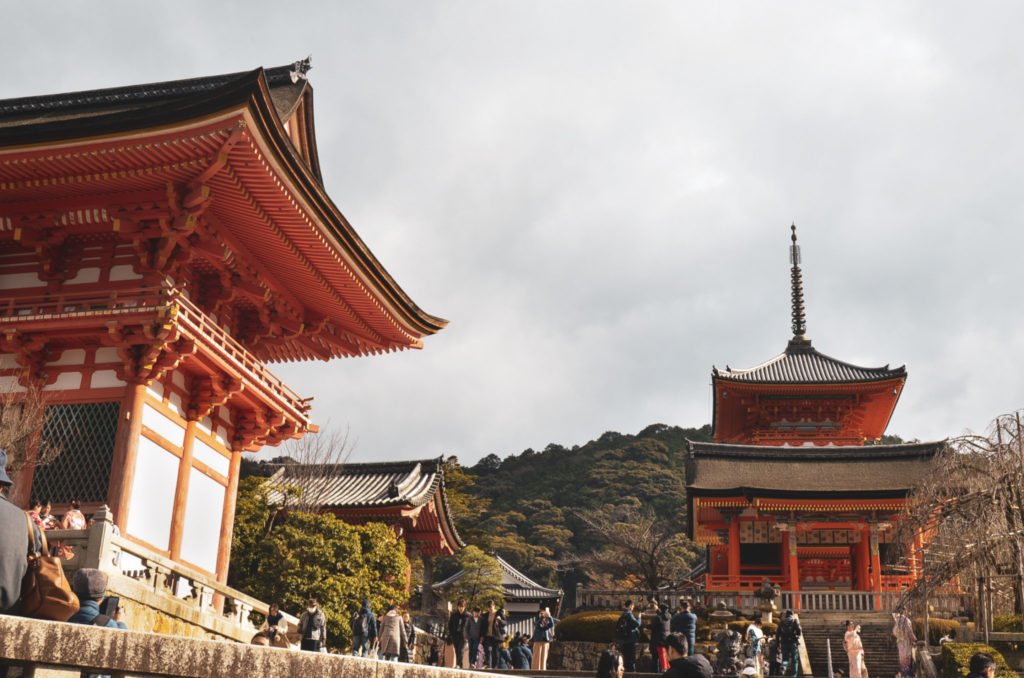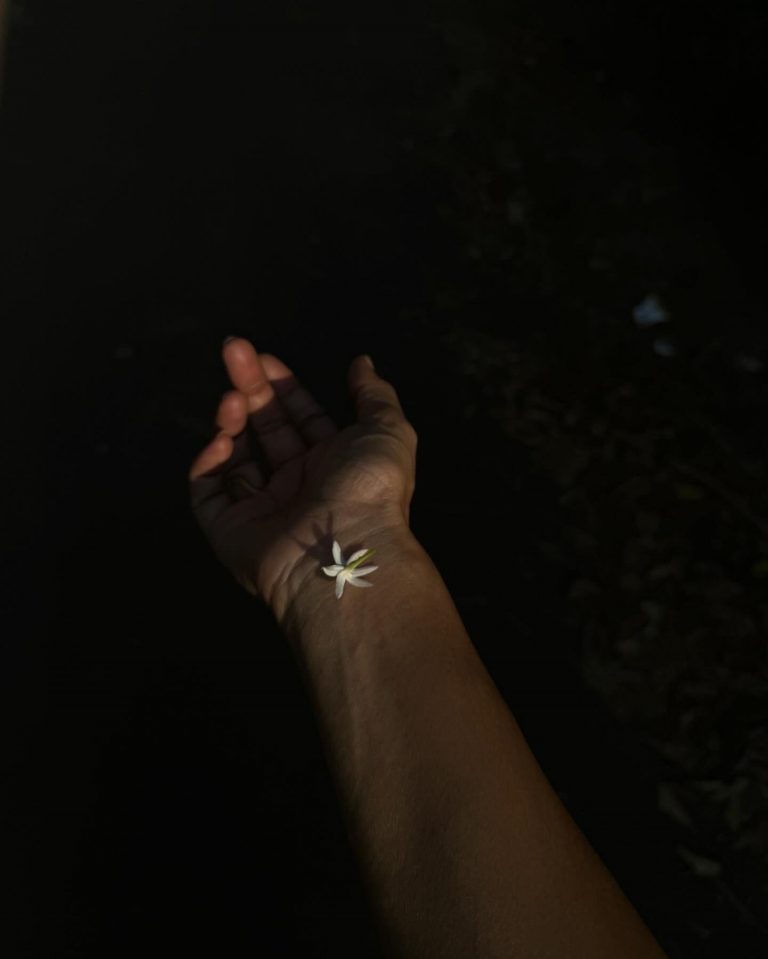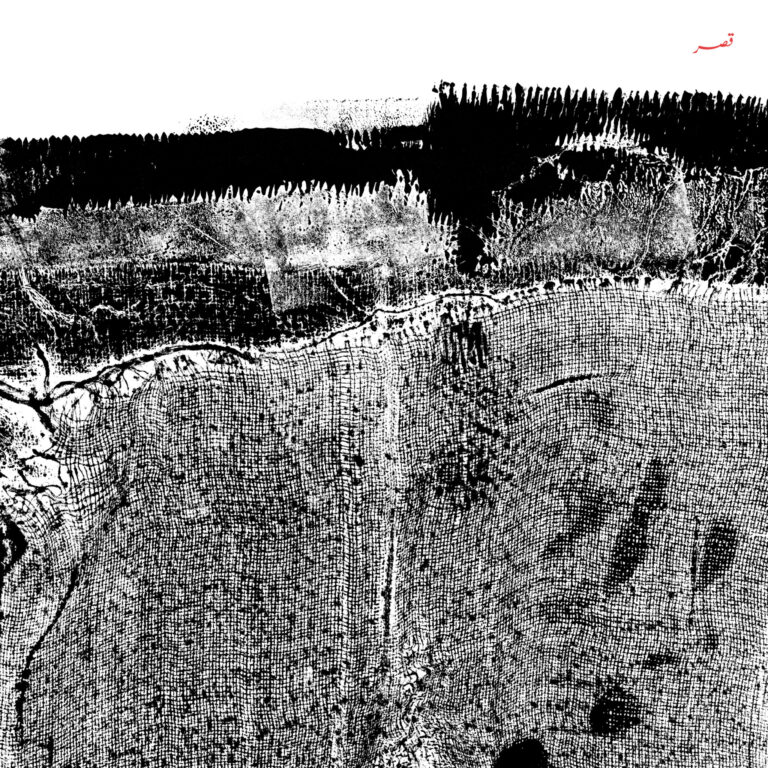Seeing Japan in Noguchi, Noguchi in Japan
Touchdown, Tokyo. Hurtling through the suburbs onboard the Narita Express from the airport to Shinjuku, I leaned my head against the cool windowpane, waiting for my first glimpse of neon. In my mind’s eye, Japan was split into two. There was the glow wave arcadecore Japan with its lights and arcades. And then there was its antithesis, the Japan of disciplined teahouses and anterooms of temples so quiet it felt like a crime to speak.
I saw both these Japans, and in them, I saw Isamu Noguchi. Or more correctly, it was through Isamu Noguchi that I saw one Japan.
Isamu Noguchi was born to a Japanese poet-father and a Scottish-American writer-mother. He was a two-fold multi-hyphenate: a sculptor-artist-landscape architect, and a Japanese-American, a nisei. Born during a time when California was submerged in anti-Asian sentiment and the marriage between “whites” and “Mongolians” was illegal, Noguchi’s mother took him to Japan to “make a little Japanese boy” out of him. Despite his heritage, he stuck out. He continued to stick out throughout his life — first unintentionally, then intentionally. To Americans, he was ultimately Japanese and to Japanese, ultimately American.
I could have said the same about the Tokyo I saw when I first exited the Shinjuku JR station. Forget about teahouses and temples — there wasn’t a hint of traditional Japan to be seen at first. It was all precision: straight skyscrapers reaching the sky, traffic lines so straight you could use them as a ruler, non-existent birds twittering a staccato beat for pedestrians to cross roads by. It felt like I boarded a plane to Tokyo, but ended up in Manhattan.
But then I began to see, in one of the world’s most high-tech countries, the slivers of tradition that didn’t go against the grain but co-existed peacefully. Osaka’s glitzy wide roads fell away, revealing alleyways with busy food stalls clustered together, lit with bright paper lanterns. A left turn at a packed intersection pulled back the curtain on Edo-period Tokyo, led by the formidable Kaminari Gate and Senso-ji temple. The pathway from Kyoto’s Kiyomizu-Dera Temple leads to the global beacon of gentrification, Starbucks, in a traditional Japanese house complete with tatami seating. in I began to realise that what I perceived as a crisis of identity, a jostling for supremacy, was in fact an unwillingness to be pigeon-holed. “Tech-forward”, “Zen-like”, “chaotic”, “peaceful” — Japan was none of it, and all of it.
Much like Isamu himself.
Noguchi Yonejiro, Isamu’s poet father, called this “the tragedy of being neither one nor the other”. I’m painfully aware of what this means. Like Isamu, I’m a Third Culture Individual—someone who spent their formative years in a place that isn’t their parents’ homeland—myself. But to junior Noguchi, a split identity was less tragedy, and more an opportunity to reinvent tradition. To both honour and transcend a specific history by instead creating something universal and shared. To show in his work the simple but profound truth that Japan offers: heritage and modernity are not two sides of the same coin, but intertwined, overlapped, and mutually encompassing. They co-exist.
The Akari light sculpture, I would go so far as to say, is the culmination of this idea of co-existence. It is traditional in its manufacturing—using only bamboo and washi paper—but comes shipped flat in a box, like a certain Swedish furniture brand. Each of the 200 models that Noguchi designed whispers the same thing: that cultures can’t be kept apart, they mingle and dance and create liminal cultures.
For all its colour and hype, Japan leaves a lot to the imagination. But that, as most guidebooks worth their salt would say, is the key to Japanese sensibility. As I negotiated through Kyoto’s alleyways and peeked through doorways, the shadows on the noren doorway screens told a riveting story, at least in my mind. The air in the streets of Gion was laden with mystery and anticipation — feelings rewarded by a solitary Geisha appearing and disappearing like a vision.
This is what, I would learn later, Noguchi called “the less-thingness of things”. In Japan, there are things you see, and then there are things you find. The less we see, the more enticed we are. In this way, Japan is once again like one of Noguchi’s sculptures — folded, warped, with secret pockets, it confuses the boundaries between inner and outer, Western and Eastern, traditional and modern.
Noguchi would “seek, within the limits of a single sculpture, the world”. This sentiment echoed mine as I walked through the tatami-covered hallways of the Tenryu-ji temple. It is easy to think Japanese rooms look bare, but spend enough time in one—in the silence and incense-scented air—and you’ll see the shadows tell their own tales. The anterooms were a world unto themselves, a world one can only discover in the absence of the self. Japan is a lesson in inwardness, in honouring each self in its own place at its own pace.
During one such experience with inwardness, while feeling eerily at home on a public bus in a foreign country where I didn’t know the language, I didn’t just see Japan through Noguchi — I saw myself. Despite being born nearly a century after he was, there was an underlying thread that connected us, that pulled me to his work and then to his history: we were both Third Culture Individuals. He who was born in America, raised in Japan, and developed all over the world, became the spokesperson for a middle people with no middle ground. I, who was born in India, brought up in Nigeria and Dubai, and came into my own in England, my identity was a patchwork quilt worn with time.
Today, the world being as cosmopolitan as it is, we take for granted our assemblage of identities, multinationals being as common as a Starbucks. In Noguchi’s time, this was rare. His stand-out “neither one nor the other” identity would doggedly hound his steps throughout his career. As he wondered in an autobiography published in 1968 “With my double nationality and double upbringing, where was my home? Where were my affections? Where is my identity? Japan or America, either, both—or the world?”
His answer, I believe by observing his works, evolved into “the world.” His nationality, national anthem and national language became the work he created. His identity was determined not just by blood and soil, but by shared sensibilities and values.
In a way, Japan is also like Noguchi and me, another that is not fully inside one culture but never entirely removed. Japan’s personality was as difficult to pin down as a fleeting cloud. Tokyo’s Asakusa was down-and-dirty; Roppongi is its dark and sensual side. Kyoto’s Fushimi is steeped in history; yet, if the rows of Asahi beer bottles presented as offerings are anything to go by, it has also evolved with the times. If, as Noguchi said, “we are a landscape of all we know”, then Japan is a landscape of all it was, is and will be.
To move seamlessly between time and identity is a rare power that both Noguchi and Japan wield. Between the two of them, they were telling a story that seemed familiar: a story of dichotomies being transcended, a story of being as comfortable in dichotomies as in universality. Both Noguchi’s sculptures and Japan are, using his words, “of today, personal, timely, yet reaching beyond time”.




